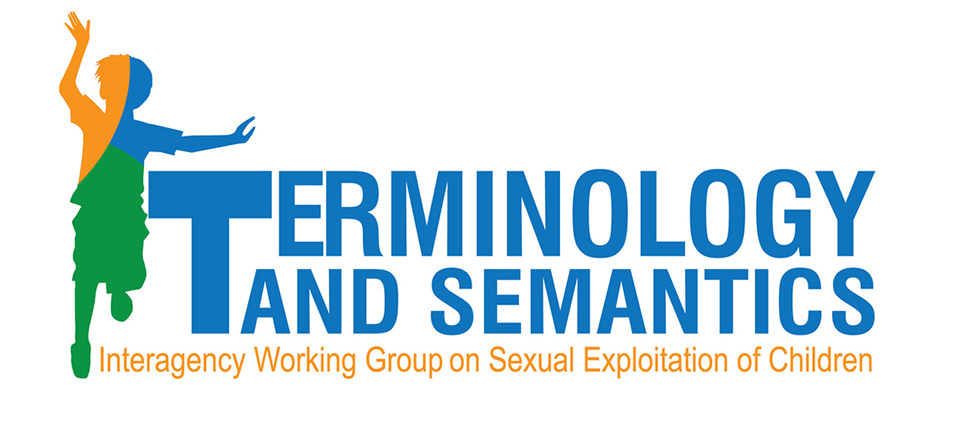About the Luxembourg Guidelines
Interagency Terminology and Semantics Project on the Sexual Exploitation and Sexual Abuse of Children
Words matter because they affect how we conceptualise problems, prioritise issues, and forge responses. Inconsistent use of language and terms can lead to inconsistent laws and policy responses on the same issue.
Despite the existence of legal definitions for a number of sexual crimes against children, there is still considerable confusion surrounding the use of different terminology related to the sexual exploitation and sexual abuse of children. Even where the same terms are used, there is quite often disagreement concerning their actual meaning, leading to the use of the same words to refer to different actions or situations. This has created significant challenges for policy development and programming, development of legislation, and data collection, leading to flawed responses and limited and ineffective methods of measuring impact or setting targets. In the context of international/cross-border child sexual exploitation and abuse, these difficulties are magnified.
The absence of consensus at international level on several terms or language that should be employed has had an impact on global efforts at data collection and identification of different modalities of sexual exploitation and sexual abuse of children. Confusion in the use of language and terms can impair and undermine advocacy work and intergovernmental and interagency cooperation. Translating terms into different languages introduces further challenges. Without clear conceptual understanding of (and agreement on) their meaning, translating terms accurately across multiple languages can become an onerous and resource-intensive task.
Greater conceptual clarity on terminology is therefore needed to ensure stronger and more consistent advocacy, policy and laws in all languages across all regions of the world. To engender more clarity in the conceptualisation, definition, and translation of sexual exploitation and sexual abuse of children, a multi-stakeholder dialogue involving the voices of a multitude of actors at all levels is needed. Given the fast evolution of information and communication technologies (ICT), which in turn brings new manifestations of sexual exploitation and sexual abuse of children, shaping a common understanding is increasingly important in the global effort to eradicate these children’s rights violations.
At the initiative of ECPAT International, coordinated by ECPAT Luxembourg, and with the aim of moving beyond the lack of agreement among UN entities, international child rights non-governmental organisations (NGOs), and international and regional law enforcement agencies regarding what terms to use to describe different forms of sexual exploitation and sexual abuse of children, in September 2014 an Interagency Working Group (IWG) comprising representatives from key stakeholders was established. Drawing on the expertise that the IWG representatives and their respective organisations possess, an in-depth analysis and discussion on terminology and definitions were launched, which lasted over a year. The IWG was chaired by Professor Jaap Doek, former Chair person of the UN Committee on the Rights of the Child. Alongside the IWG discussions, a consultation process with a broader group of experts on child protection with English, French and Spanish as native/working languages was held.
The IWG formally concluded its work in January 2016, when the “Terminology Guidelines for the Protection of Children from Sexual Exploitation and Sexual Abuse” were adopted in Luxembourg.
